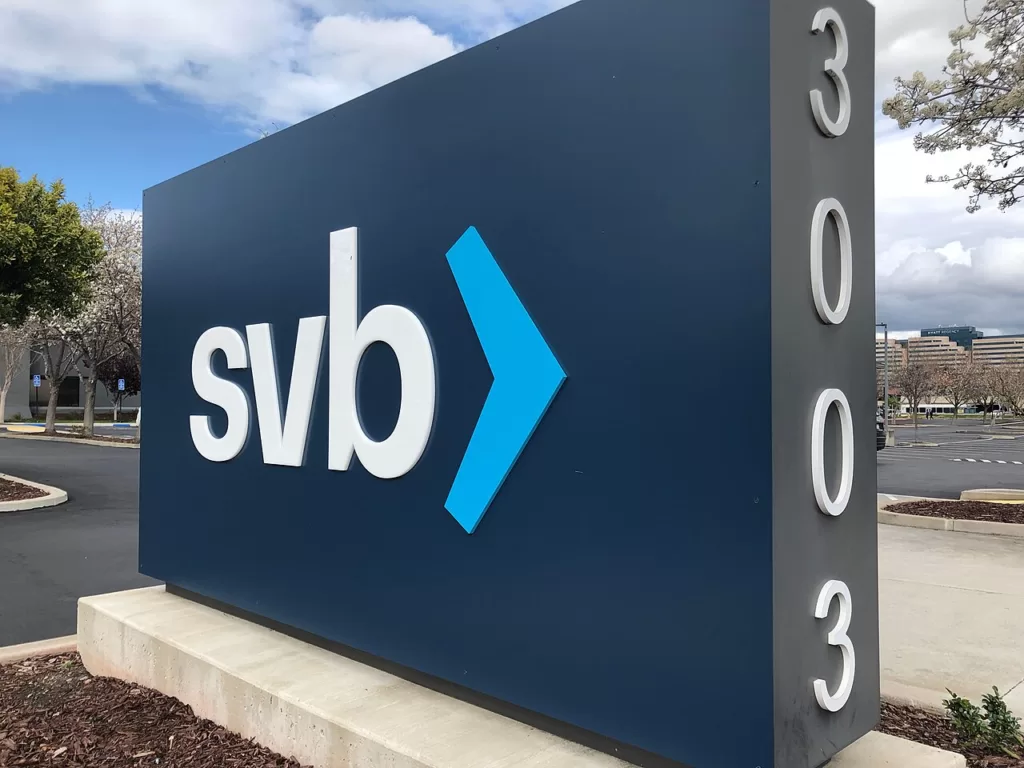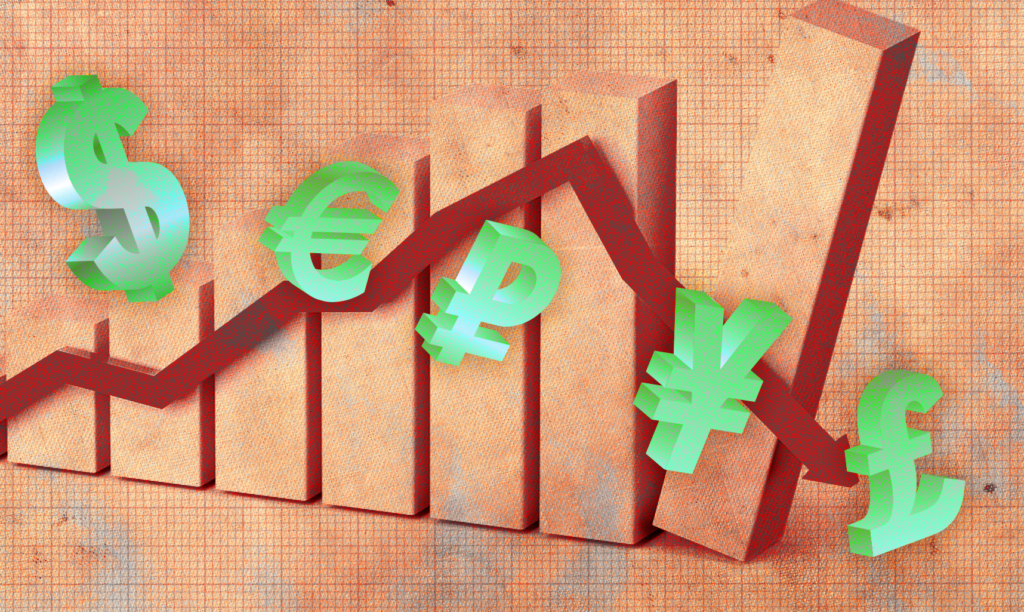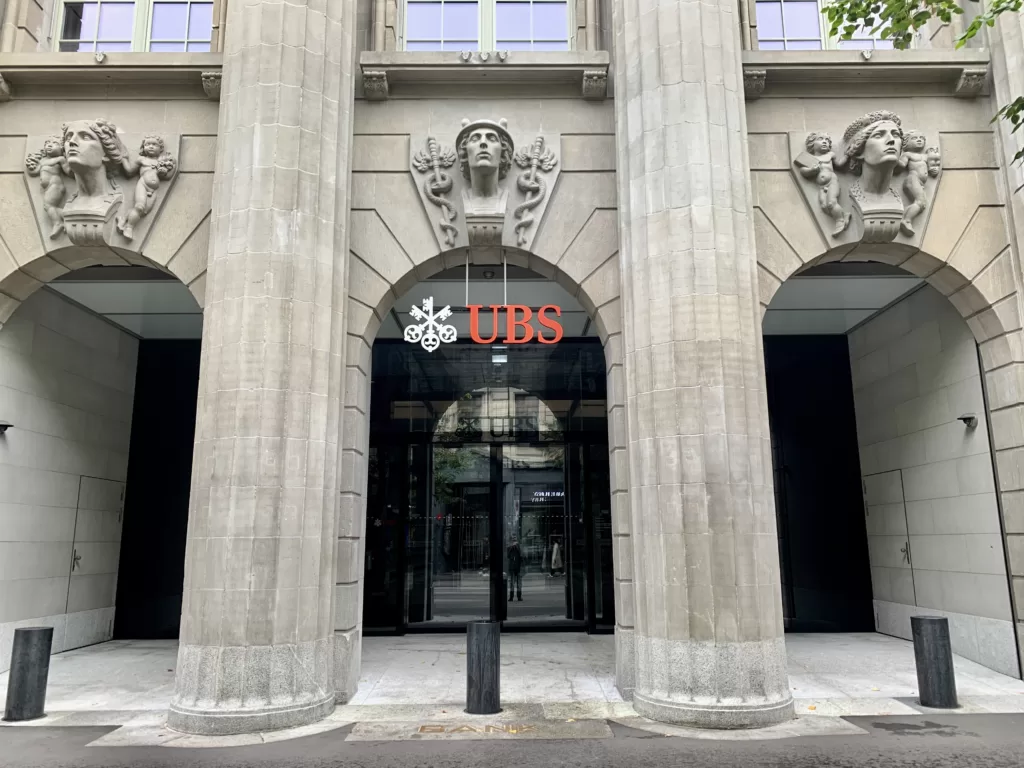Recent bank failures have shown some vulnerabilities in the system. Could socially responsible banking be a way to better secure it?
 Silicon Valley Bank is the largest US bank to fail since the 2008 financial crisis. : Minh Nguyen, Wikimedia Commons CC BY 4.0-SA
Silicon Valley Bank is the largest US bank to fail since the 2008 financial crisis. : Minh Nguyen, Wikimedia Commons CC BY 4.0-SA
Recent bank failures have shown some vulnerabilities in the system. Could socially responsible banking be a way to better secure it?
When banks hit a crisis, their safety net is the trust of their community.
But trust is earned, not given, and those who lived through the 2008 financial crisis especially may need convincing that banks are worthy of their confidence.
Socially responsible banking is an ethos banks can adopt to generate trust and steel themselves for uncertainty.
A term without a universally accepted definition, socially responsible banking tends to explore ethical and more progressive ideas about the impact of commerce on society.
Recent banking turmoil, such as the collapses of Silicon Valley Bank (the largest US bank failure since the 2008 crisis), Silvergate Bank and Signature Bank, as well as the takeover of Credit Suisse and acquisition of First Republic Bank has reinvigorated questions over the place of socially responsible banking moving forward.
What is socially responsible banking?
Socially responsible banking has gained popularity in the last decade. One example of socially responsible banking is the ideology and practice of ethical investing in the field of Islamic finance, where the Muslim faith deems that profit should be earned from ethical efforts instead of riba (or interest).
Many organisations, including the US Sustainable Investment Forum and the Eurosif, have promoted sustainable and responsible investments.
Socially responsible banking is part of a family of similar terms, such as sustainable banking, corporate social responsibility in the banking sector, ethical banking and green banking.
Lessons learnt from the 2008 financial crisis and COVID-19 pandemic
In the aftermath of the 2008 crisis, it was widely accepted that banks were responsible for much of the devastation the crisis brought, due to systemic issues like excessive risk-taking, irresponsible lending and flaws in the design of internal compensation and control systems.
Banks, realising their weaknesses, actively committed to investing in more social responsibility after the crisis. For example, some large banks increasingly integrated social responsibility into their business strategies or devoted resources to building a reputation for social responsibility.
In the meantime, regulators looked at what could change in the banking sector to curb irresponsible behaviour.
The US underwent major reforms and the European Union issued a directive to strengthen the resilience of its banking sector.
The EU changes were sweeping, touching capital requirements, leverage ratios, buffers, supervision, corporate governance, remuneration, sanctions and counterparty credit risk for derivatives among others.
A follow-up directive increased non-financial disclosure requirements for companies to include environmental, social and employee matters, as well as respect for human rights, anti-corruption and bribery matters and diversity on company boards.
Greater board diversity is one of the proposed monitoring mechanisms banks can adopt to improve risk oversight and be more responsible. A 2022 study found banks with more women on the board of directors fared better at supporting their customers, communities and the economy during the COVID pandemic.
Corporate social responsibility performance — particularly for investments in social capital or the value created by the quality and quantity of social interactions — is considered another effective way.
A 2023 study showed that, in the aftermath of the 2008 crisis, investors were more tolerant and lenient towards banks that had a stronger corporate social responsibility performance (demonstrated in the reduced likelihood of having banking stocks extremely devalued).
Socially responsible banks with higher social capital were seen to experience lower risks during the COVID pandemic, because banks’ investments in social capital helped build trust between banks and investors.
What underlying weaknesses have contributed to recent banking turmoil?
A hike in interest rates has been widely considered the trigger for the recent turmoil in banking, but underlying weaknesses in regulations and the collapsed banks have also contributed. In Credit Suisse’s case, it had been dogged by scandals such as charges of money laundering, spying allegations and high-profile departures.
When the dust settled on Silicon Valley Bank’s collapse, it was revealed that the failed bank had insufficient board oversight, incomplete modelling and poor liquidity risk management practices.Silicon Valley Bank lobbied US Congress for years to loosen the regulations that may have helped its collapse.
While there may have been legitimate reasons behind its lobbying, banks have to balance appropriate risk-taking and responsible investment strategies. Regulatory changes under then-US President Donald Trump in 2018 have also been blamed.
Trump’s changes were arguably issued to ease some of the regulatory burdens on banks, but added fuel to the financial fire. It prompted too many customers to withdraw their money from a bank at the same time, stoking fears that a bank was likely to fail — a so-called bank run. Such a bank run became the last straw.
What should be done next?
Although none of the banks that have recently failed are large, they are not necessarily naturally prone to risks or failures.
In fact, there are obvious benefits with smaller banks. Customers, communities and businesses benefit from lower fees, personalised attention, a full menu of services, localised decision-making, local connections, commitment to community service and giveback programs and the higher ethical standards that often come outside of the big banking system.
But promoting high ethical standards or social responsibility doesn’t magically solve all problems.
Silicon Valley Bank had an A-rating for its environmental, social and governance policies thanks to increased diversity and investments in sustainability start-ups. But, at the same time, the bank apparently had no chief risk officer for eight months in 2022.
Socially responsible banking is still important, especially during crises. Banks that invest in socially responsible banking build social capital and trust with people in all facets of their business — customers, communities, employees, investors and others in the market, including regulators.
Banks that work towards social benefit assure the market and the public of their quality and strength.
In the meantime, it would be helpful for regulators to promote socially responsible banking, and find a balance between regulation and deregulation in the banking industry.
Dr Erwei (David) Xiang is a Senior Lecturer (Associate Professor) in Accounting and Finance at Newcastle University in the UK. His research interests include capital markets research, sustainability and social responsibility accounting, financial and non-financial information disclosure, corporate finance, green finance, corporate governance, corporate innovation (including green innovation), and interdisciplinary research.
Originally published under Creative Commons by 360info™.










